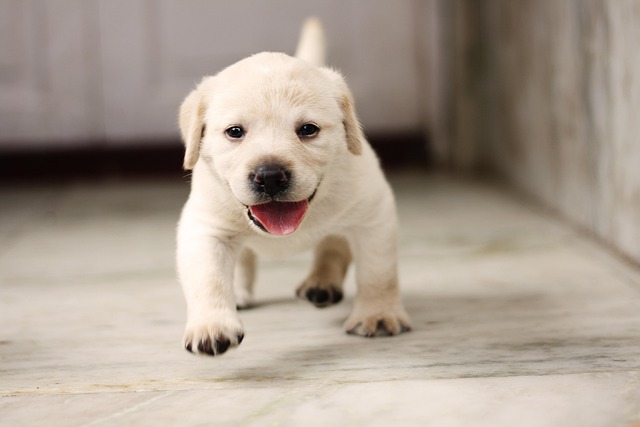
How do i train my dog to be obedient?
Watching your dog dart across the park ignoring your calls isn’t just frustrating—it can put them at risk near busy streets or public spaces.
Many new dog parents see agility videos—dogs zipping through tunnels, leaping over hurdles—and think, “We could never do that at home.” But last month, a reader in Seattle sent me a video: her 2-year-old border collie mix nimbly hopping over a line of couch cushions, then darting through a tunnel made from a folded comforter. “He’s obsessed, and we’re having a blast,” she wrote. Training dog agility at home isn’t about fancy equipment—it’s about turning play into purpose, using what you already have to build trust, speed, and fun.
Dogs are natural problem-solvers and athletes; agility taps into those instincts. Breeds like Australian shepherds or Jack Russells thrive on the mental and physical challenge, but even couch-potato labs or senior pups can enjoy modified versions. The science is simple: when dogs learn through play, their brains release oxytocin—the “bonding hormone”—making them eager to try again. Punishment? It shuts down that curiosity. A 2019 study in Animal Cognition found dogs trained with treats and praise completed agility courses 30% faster than those scolded for mistakes. They’re not just learning to jump—they’re learning to trust that you’ll guide them, not criticize them.
Start small, with items from your closet or garage. For a “hurdle,” use a broom laid across two low chairs (raise it an inch at a time as they master it). A cardboard box with the ends cut out makes a perfect tunnel—let your dog explore it first, tossing treats inside to build confidence. For a “pause table,” use a sturdy ottoman: lure them up with a treat, say “stay,” wait 2 seconds, then reward. Do 5-minute sessions, twice a day—keep it upbeat. My neighbor in a small NYC apartment trains her shih tzu mix during commercial breaks: they weave through dining chair legs (a “weave pole” substitute) for 30 seconds, then take a break for cuddles. Consistency beats length—even 10 minutes of focused play builds skills.

As they get comfortable, add “sequences”: tunnel → hurdle → pause table. Use a cheerful cue like “ready, set, go!” to signal the start. If they knock over the hurdle? Laugh it off, reset, and try again. Frustration (yours or theirs) kills progress. A golden retriever in my local park once refused to jump—his owner kept pushing, and he shut down. When she switched to tossing a ball over the hurdle instead? He bounded over it like it was nothing.
Now, let’s cover the basics of doing this right, legally and culturally. First, ensure your dog is healthy—puppies under 12 months shouldn’t do high jumps (their joints are still growing), and seniors need low-impact obstacles. Keep rabies vaccines current (required by law in every U.S. state)—if your training spills into a shared yard or sidewalk, you’ll need that proof. Speaking of shared spaces: if you live in an apartment, avoid early-morning hurdle practice—no one wants to hear your pup’s excited barking at 6 a.m. If you take training outdoors (like a quiet park), always carry poop bags—even if your dog “just played,” cleaning up is non-negotiable in every U.S. city.
And never, ever use force. Shock collars or yanking a leash to “correct” a missed jump? They’re not just cruel—they’re illegal in states like Maine and Colorado. Agility is about joy, not perfection. A rescue dog I worked with in Portland, who’d been abused, refused to enter tunnels for months. We started with a treat-lined paper bag, then a small box, then a comforter tunnel. Now, she zooms through it so fast, her ears fly back—proof that patience beats pressure.
At the end of the day, home agility is about connection. It’s your pup looking up at you, tail wagging, thinking, “What’s next?” Grab those couch cushions, grab some treats, and let the games begin.

Watching your dog dart across the park ignoring your calls isn’t just frustrating—it can put them at risk near busy streets or public spaces.

New puppy owners often find themselves rushing to clean up accidents before they set in, and that’s where puppy pad training becomes a game-changer.

If you've noticed your dog's waistline disappearing and your veterinarian has mentioned those few extra pounds, your first instinct might be to simply reduce the amount of food in their bowl.

Training a dog to use a designated spot indoors isn’t as daunting as many new owners fear, but it does take consistency and an understanding of your pet’s needs.

That moment of dread on a walk is all too familiar for many new dog owners. You see another dog approaching down the sidewalk of your neighborhood

If the sight of another dog on your neighborhood walk makes your heart sink as your own dog erupts into a frenzy of barking and lunging, you're not alone.